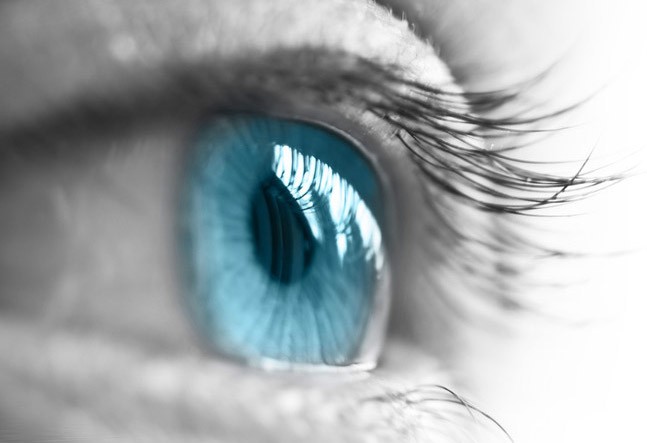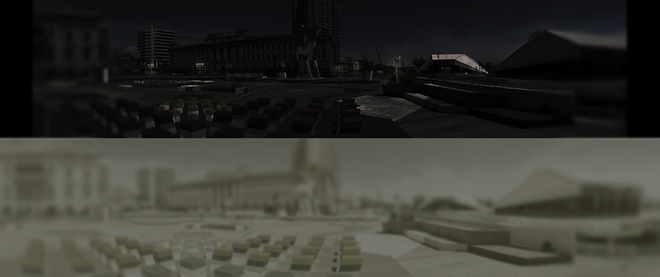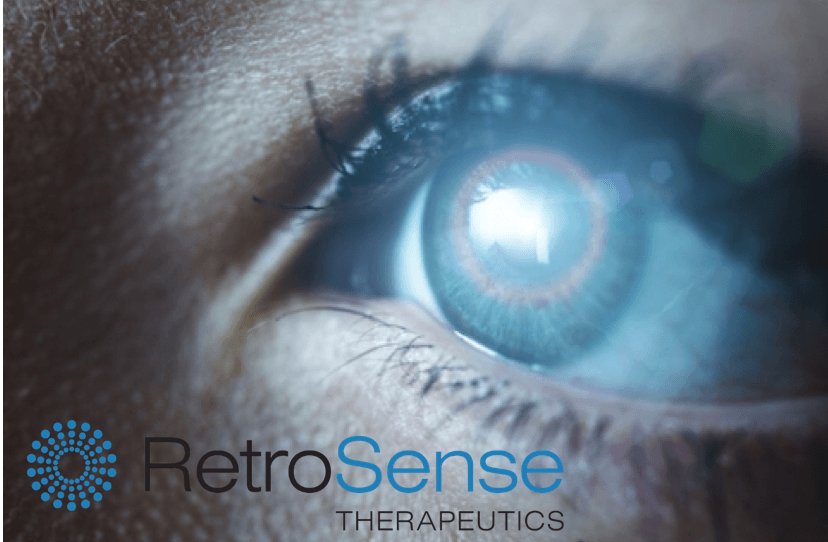
Recently discussed in MIT Technology Review, two companies are working on a solution to restore sight to a particular type of blindness. It called retinitis pigmentosa, a fancy word for a disease where one’s photoreceptors, the cells that receive light, degenerate over time.
The work of these companies combines wearable tech and gene therapy to teach other cells on the retina to act as photoreceptors. It is the presence of photoreceptors that separate human vision from cats.
Felines have more than us, a lot more, specifically rod cells, the ones that work in dim light. (Humans are more equipped with cone photoreceptors.)
The obvious but unasked question I’m compelled to ask is what would this process do to someone with otherwise healthy photoreceptors? Could we tweak it to give humans real night vision?
The Tech
One company is in Paris, GenSight Biologics. The other is in New York, Bionic Sight started from Weill Cornell Medical College. They’re both chasing the same format for the same results, so the race is on.
You can also assume the idea is a good one if two companies are on it. This would be a good time to purchase stock in either.
In optogenetics, researchers add genetic instructions to other types of retinal cells. They’ll use ganglions, which in oversimplified terms are cells in the retina that function more as information receivers.
To give you some perspective of how oversimplified was my description, there are about 30 types of ganglions in the retina, each with a specialized job.
Sticking with oversimplifications, ganglions take information from those rods and cones we were talking about, then feed it to the brain.
Researchers believe they can teach these cells to receive light directly, functioning as standalone photoreceptors.
The Paris group has a pair of goggles with a camera. The camera receives images, then converts those images to specific pulses of light directed at the ganglions, which they expect will stimulate the change.
So far they believe they’ve had success on lab animals with this technique so they are moving to humans.
Previous Attempts
One Texas company, RetroSense Therapeutics, attempted a form of optogenetics on a human patient, giving a blind woman treatments to restore her vision. The results of that study are yet unknown, but RetroSense has a total of four patients now.
In the Texas study, they’ve injected an engineered virus carrying a gene from algae, which works like the goggles. Because their method is less specific with the light wavelengths, GenSight researchers are less optimistic.
In 2015, Gabriel Licina allowed the biohacker group Science for the Masses to inject his eyes with a chemical chlorophyll analog called Ce6. The current use of the analog is cancer and night blindness treatment. When applied to the eyes the Ce6 influences one’s rods to work overtime.
The effects of that injection produced a temporary improvement in Licina’s night vision, allowing him to see 160 feet in the dark. The effects wore off, and Licina’s vision went back to normal.
Prospects

How Cats See | livescience.com
In fairness, a cat’s superior night vision is more than a matter more photoreceptors. It’s also more than a matter of cones or rods. They also have 20 degrees more field of view than us.
On top of it, one would have to consider if night vision would be worth daylight blindness. Cats struggle in light dense spaces. They don’t see color very well. The daytime world is a blurry place to cats.
If you have cat vision, you can forget about keeping your driver’s license, not after you fail the visual acuity test at the DMV.
Even if one could hack this technology to give himself night vision, he’d give up tasting the rainbow. If said person were willing to install an antenna like Neil Harbisson to offset the effects, then it may worth it. Neil hears colors in wavelengths outside human detection.
So, who’s first in line to test this biohack on their perfectly good eyes? I’ll watch from the sidelines on this one, but if you get Riddick vision, I wanna hear about it.
If you can set it up, I’ll fly to you so I can film the whole thing and interview you about the results. We’ll be famous.
Source: MIT Technology Review
